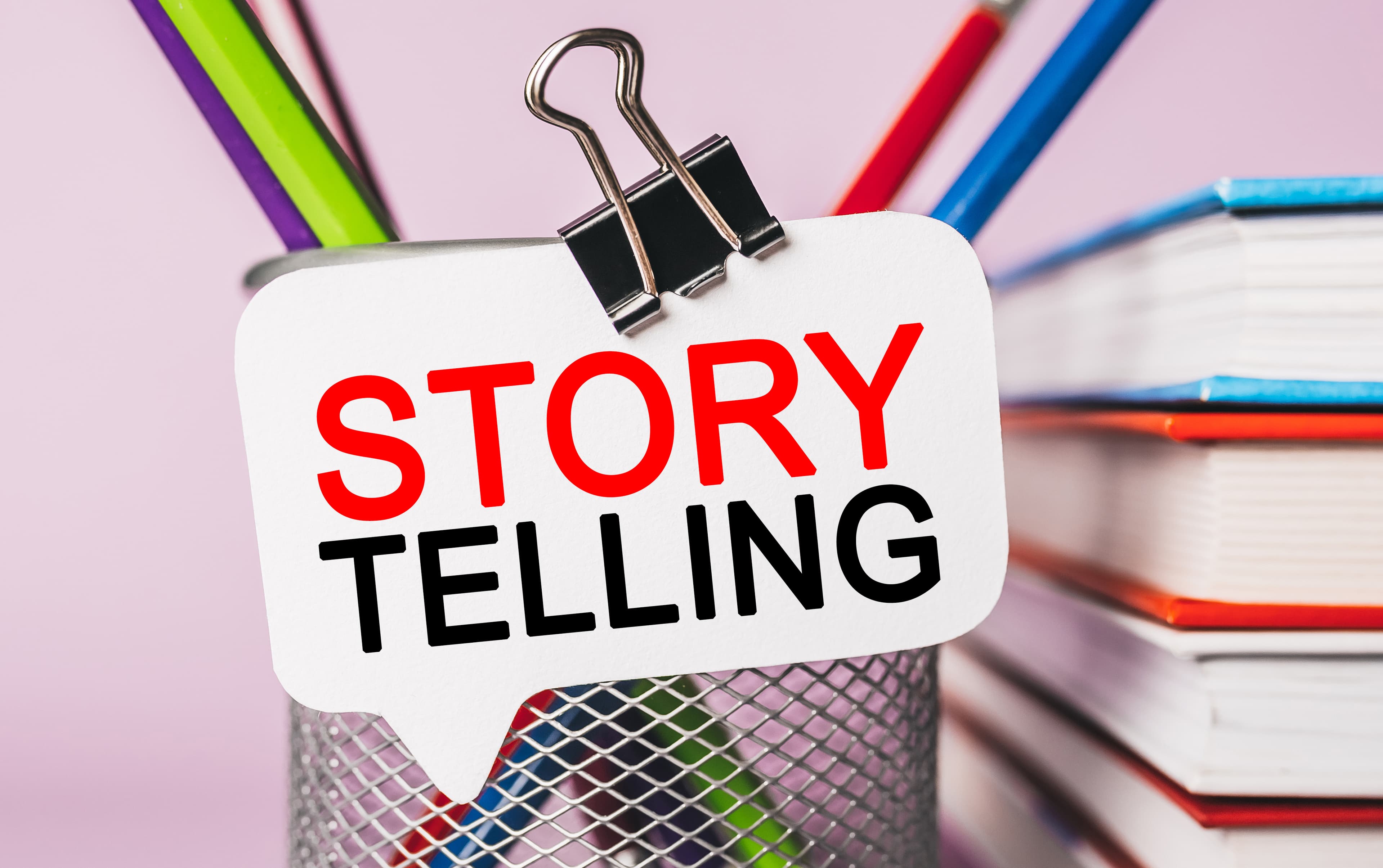Articles ●
07 Jul 2025
The Role of Storytelling in Modern Advertising Content Production

How Narrative Techniques Drive Engagement and Conversions in 2025
In an era where consumers are exposed to 10,000+ brand messages daily, traditional advertising struggles to break through. Yet, story-driven campaigns achieve 22% higher recall and 3x more emotional engagement than feature-focused ads (Nielsen, 2025).
This article explores why storytelling dominates modern advertising, the science behind its effectiveness, and how brands can leverage narrative techniques to create unforgettable campaigns.
Why Storytelling Works in Advertising
The Psychological Power of Stories
1. Neural Coupling
- Listeners' brains mirror the storyteller's brain activity (Princeton Neuroscience Institute)
- Increases retention by 65% vs. facts alone
2. Dopamine-Driven Engagement
- Suspense triggers a chemical reward system
- Releases dopamine when resolved (Harvard Business Review)
3. The "Hero’s Journey" Effect
- 80% of top-performing ads follow this structure:
- Challenge → Struggle → Transformation
5 Storytelling Frameworks That Convert
1. The Problem-Solution Arc (Best for Consideration)
✅ Structure:
- Act 1: Pain point (Headache)
- Act 2: Product as hero (Aspirin)
- Act 3: New reality (Pain-free life)
Example:
Spotify’s "Wrapped" Campaign
- Problem: Music feels disposable
- Solution: Your personal annual soundtrack
2. The Origin Story (Best for Brand Building)
✅ Key Elements:
- Founder’s struggle
- "Aha" moment
- Mission-driven growth
Example:
Warby Parker’s "Glasses Suck" Series
- Showed the ridiculous markup in eyewear
- Positioned as consumer champion
3. The Customer Journey (Best for Social Proof)
✅ Template:
- Before: Frustration
- During: Discovery
- After: Transformation
Pro Tip:
Use real customer footage – performs 4x better than actors (TikTok Research)
4. The Parallel Narrative (Best for Emotional Impact)
✅ Technique:
- Intercut user stories with product benefits
Masterclass Example:
Google’s "Year in Search"
- Blends global events with personal moments
5. The Mini-Series (Best for Retention)
✅ Platform Strategy:
- Episode 1: YouTube (2 min)
- Episode 2: Instagram (30 sec)
- Episode 3: Email (Text + GIF)
The 2025 Storytelling Toolbox
AI-Powered Narrative Tech
🛠 ChatGPT-5: Generates 100 plot variations in seconds
🛠 Synthesia: Creates hyper-localized video stories
🛠 Midjourney V6: Visualizes storyboards from text
Immersive Formats
🎮 Interactive Story Ads (Choose-your-own-path)
🎧 Spatial Audio Stories (3D soundscapes)
👓 AR Character Guides (Virtual product explainers)
Data-Driven Story Optimization
Metrics That Matter:
📊 Attention Retention: Drop-off points in story flow
📊 Emotional Peaks: Moments triggering strong reactions
📊 Completion Rates: % watching to the CTA
Tool Stack:
- Lumen (Eye-tracking)
- Affectiva (Facial coding)
- Google’s Storyboard AI (Predicts engagement)
Avoid These Storytelling Pitfalls
❌ Too Much Brand Focus (Be the guide, not the hero)
❌ Ignoring Platform Nuances (TikTok vs. LinkedIn needs)
❌ Skipping the Struggle (No conflict = no engagement)
Actionable Storytelling Checklist
✅ Hook in 0-3 seconds (Visual/emotional surprise)
✅ Structure Around Transformation
✅ Make the Customer the Hero
✅ Optimize for Sound-Off Viewing
✅ Include "Butterfly Effect" CTAs (Small action → big change)
The Future of Ad Storytelling
🔹 AI-Generated Personalization: Stories adapt to viewer’s history
🔹 Neuro-Storyboarding: Brain scans predict optimal plots
🔹 Holographic Narrators: 3D brand characters guide users
Key Takeaways
- Stories are processed differently – They bypass ad resistance
- Conflict drives retention – No struggle = no payoff
- Tools now democratize storytelling – AI creates quality at scale
- Data optimizes narratives – Test emotional beats like copy
